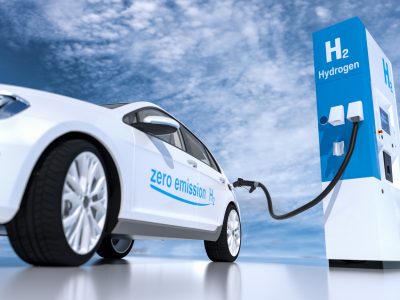What has become of the projects announced by Félix Tshisekedi, President of the Democratic Republic of Congo, to increase transport infrastructure and open up the country? Linking its regions together and opening up to neighbouring countries is a crucial issue for the economic development of the DRC

Nine structuring projects for road, sea and river transport in the Democratic Republic of Congo (DRC) have been unveiled and – for some of them – launched in the last three years, in order to improve urban and interurban traffic in the country and ensure better connections between the various provinces and neighbouring states. On the seaside, work has begun on the US$1.3 billion Banana deepwater port complex. Scheduled to last two years, it concerns the construction of a 600m long quay and a 25 hectare logistics zone. Once operational, this new terminal will enable the Democratic Republic of Congo to play on equal terms with its neighbours, notably the port of Pointe-Noire in Congo-Brazzaville, which until now has captured most of the traffic carried by large container ships to and from the DRC.

On land, it is the road projects that are attracting attention in a very congested country, particularly in and around the capital, Kinshasa. Nearly 1,300 km of roads should be built or rehabilitated throughout the country, starting with the capital, with the creation of a ring road to relieve traffic congestion. Estimated cost: between $300 and $800 million depending on the route chosen. Work should begin before the end of the year. An urban cable car network is also being studied to improve public transport between the various districts of Kinshasa and its 12 million inhabitants, but no date has been set for its commissioning.

Launched in 2020, the paving of National Road 1, in the south of Haut-Katanga, should be completed during the year. Led by a Chinese consortium, this operation will improve traffic conditions in a region where activity has continued to grow in recent years. Further north in the same region, a modern toll road is being built. It will link Zambia and the port of Dar-es-Salaam in Tanzania, via the Congolese copper capital Lubumbashi, and will shorten the journey between the two cities to 1,750 km from the current 2,000 km. In terms of river transport, ferries should be deployed on the Oubangui River to facilitate the crossing between the Democratic Republic of Congo and the Central African Republic. A road and rail bridge over the Congo River between Kinshasa and Brazzaville is also planned. Desired – and approved – for several years by the DRC authorities, it has not yet been started due to a lack of funding.
In the air sector, several regional and international airports are to be modernised and extended in order to accelerate the modernisation of transport infrastructures, which are considered essential for the country’s economic development.









